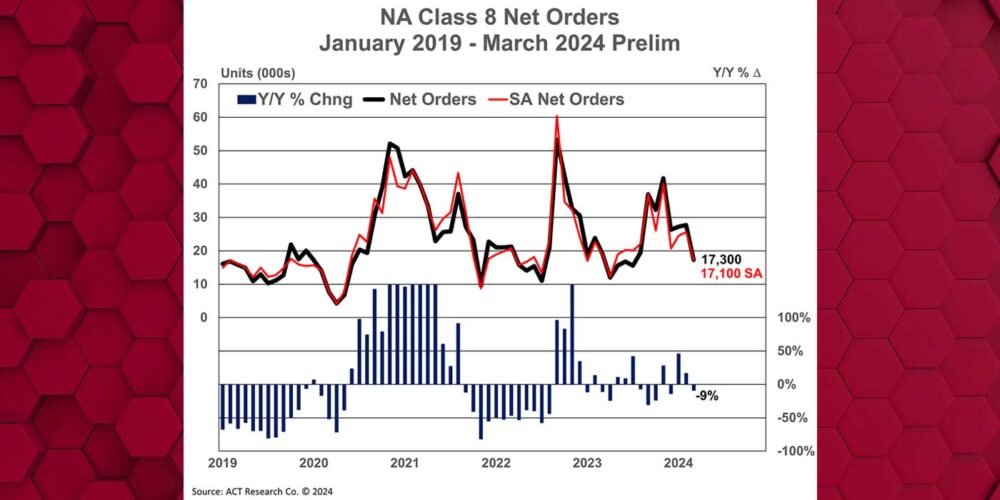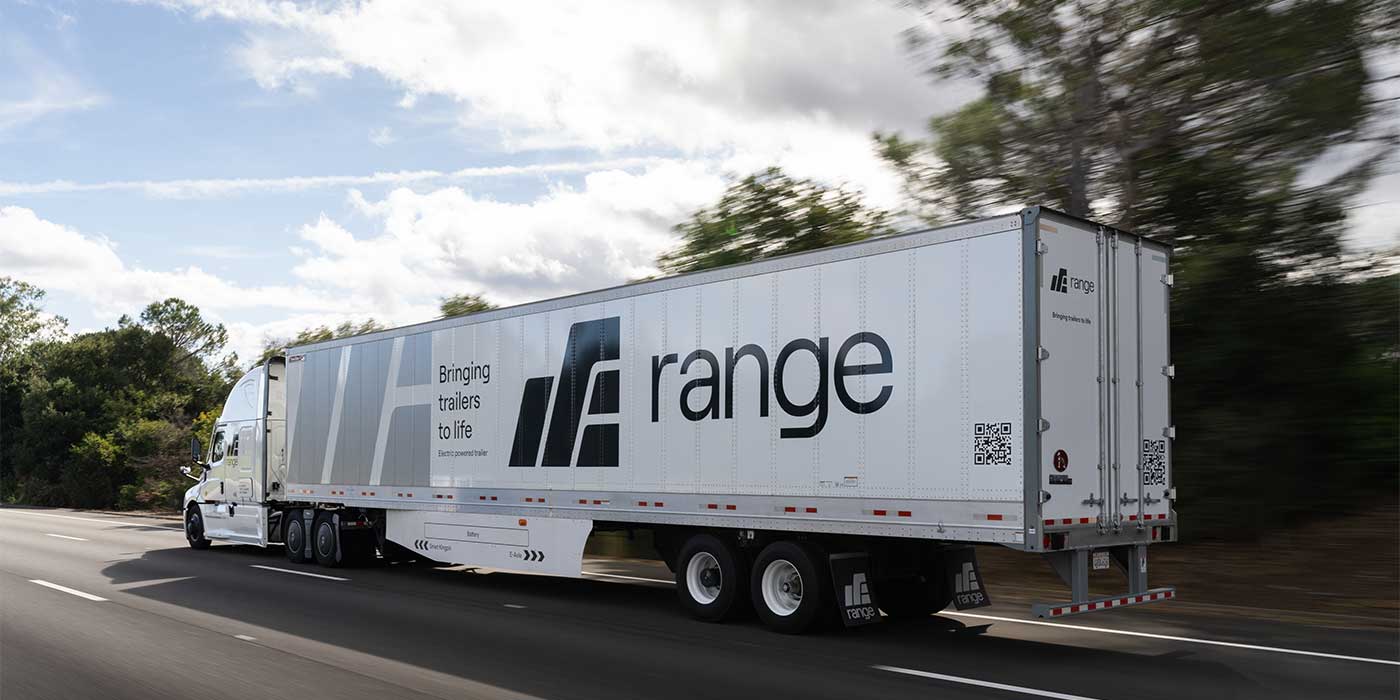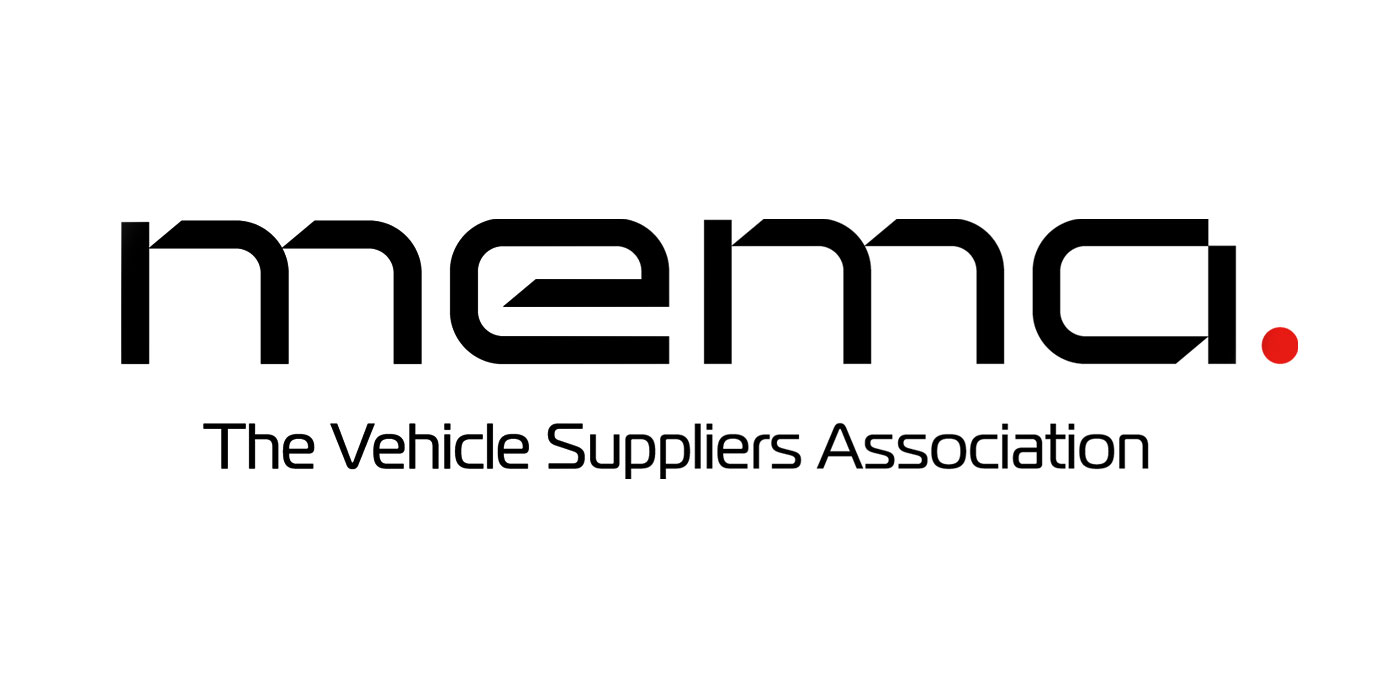Heavy-duty brakes are designed to stop heavy loads, which exposes them to heat—extreme heat in some cases—depending on a truck’s application. Since commercial vehicles often travel thousands of miles a year through climate extremes, heavy-duty brakes must survive road vibrations and exposure to the elements, which can include corrosive chemical agents on the road.
Because of these demands, it is essential that fleets choose the right friction materials and braking systems for their trucks. To help sort through the options, we asked a few manufacturers to weigh in on the considerations and practices fleets should take in order to ensure the best selection and maintenance of these key components.
According to Matt Resch, marketing and program manager for Haldex, in order to obtain good brake performance and minimize maintenance costs, it is vital that fleets carefully consider the application before choosing brake friction materials.
“The primary factors a fleet should take into account are the load the vehicle carries, the terrain that it covers, and the road conditions, including traffic patterns,” he said. “When considering the load, the fleet should not only take into account the axle weight ratings, but whether the vehicle is normally loaded at or below the maximum weight.”
Terrain—flat, rolling hills, or steep grades found in mountainous regions—can have a significant effect on brake selection, while road conditions, which could be categorized as mostly interstate, two-lane blacktop, city, or a mix of these, also should be factored in to determine how demanding the average day of operation is, Resch added. Another consideration is the severe duty cycle of certain vocations like refuse trucks or city buses.
Kevin Judge, sales manager of national accounts for Fras-le, said as with many other components, it’s important for fleets to consider lifetime operating cost versus up-front price when determining the overall value and performance of brakes.
“Consider longer life friction material and do not shop for price alone,” he advised. “Brakes on these vehicles make more frequent stops, and with heavier loads, so fleets cannot compromise safety.”
Judge added that top heavy-duty brakes stand out because of their raw material quality and strength of the friction formulation. And to prolong the investment of those high-quality brakes, a fleet should consider many aspects, including driver training, vehicle maintenance, proper ride control, tire inflation and quality, among other factors.
Meritor’s Tim Bauer, director of the company’s Undercarriage Aftermarket division, said a fleet’s primary concern should be safety and the stopping ability of the brakes. Particularly important is that the fleet’s vehicles stop within the Federal Motor Vehicle Safety Standards (FMVSS) required loaded stopping distance, which was decreased in 2011 from 355 ft. to 250 ft. (for vehicles with three axles and tractor GVWR up to 59,600 lbs.).
“Meritor approval-testing demands that its production friction materials exceed the requirement by 10%,” he said, adding the company’s friction is tested to achieve a stopping distance of 225 ft. “Wear life of the friction material is also a consideration, as longer life friction increases the intervals between maintenance, reducing maintenance costs.”
Phase two FMVSS regulations—which will take effect on Aug. 1, 2013—cover loaded stopping distances for two, three and four or more axle vehicles in specified GVWR ranges.
Bauer noted that in addition to the friction material, the brake shoe needs to be of good quality to support the friction material under extreme braking pressure.
For the finer points of friction material and brake system selection, there are valuable resources—each of the manufacturer representatives encouraged fleets to work with their suppliers for help in researching and selecting the best options for their respective applications.













